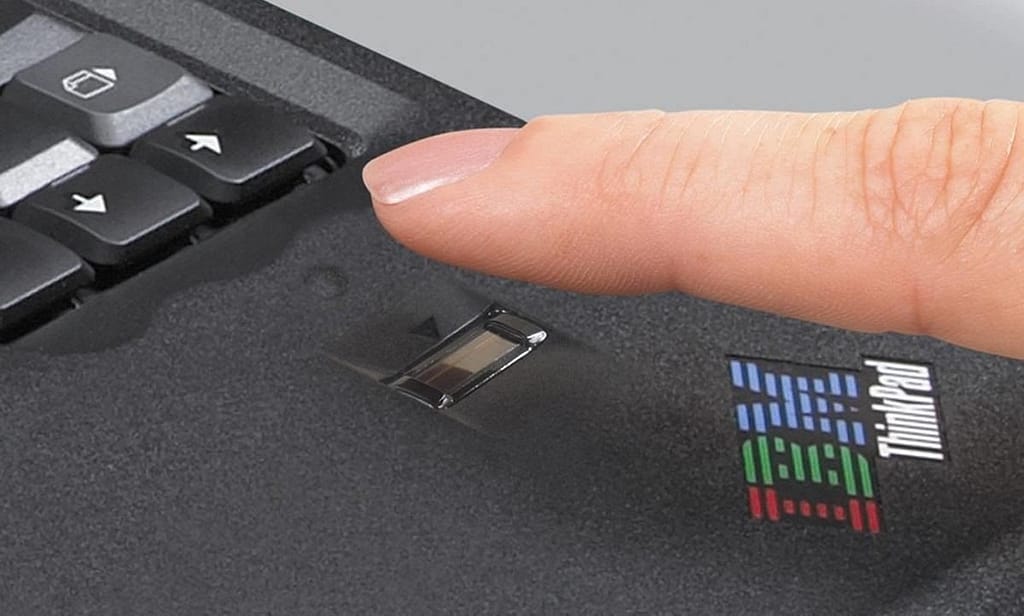In an era where digital security is more important than ever, a recent study by Blackwing Intelligence has revealed some concerning weaknesses in the fingerprint sensors of many Windows laptops. While these sensors offer a convenient way to unlock your device, it turns out they might not be as foolproof as we thought.
Table of Contents
Windows Vulnerability Understanding the Flaw
The research, led by security experts Jesse D’Aguanno and Timo Teräs, focused on three widely used fingerprint sensors in popular Windows PC models: a Goodix sensor in a Dell Inspiron 15, a Synaptic sensor in a Lenovo ThinkPad T14, and an ELAN sensor in a Microsoft Surface Pro Type Cover.
These sensors are typically designed to enhance security by using “match on chip” technology. This means the sensor has its own independent processors and storage to handle fingerprint data, keeping it isolated from potential compromises on the main PC. This setup is somewhat similar to Apple’s Secure Enclave, aiming to protect your biometric data.
However, Blackwing’s findings suggest that these systems aren’t impenetrable. Each sensor was found to have a unique vulnerability, allowing the team to bypass the security measures with physical access to the device and some technical know-how.
Fingerprint Sensor Specific Weaknesses Exposed
For instance, the Goodix sensor in the Dell laptop was secure under Windows but had flaws when used with Linux. By connecting the sensor to a Raspberry Pi 4, the researchers exploited these Linux vulnerabilities to gain unauthorized access.
The Synaptic and ELAN sensors, used by Lenovo and Microsoft, had their own issues. Although they supported a secure communication protocol developed by Microsoft called the Secure Device Connection Protocol (SCDP), it wasn’t actively used. This oversight allowed the researchers to intercept and manipulate the data transmitted between the sensor and the PC.

Implications for Users
While these security gaps require physical access to the laptop, they highlight a significant concern: the potential for targeted attacks on individual devices. The variety of exploits also means there’s no one-size-fits-all solution to these vulnerabilities.
Recommendations and Moving Forward
Blackwing Intelligence suggests that all fingerprint sensors should actively utilize SCDP to enhance security. While not perfect, sensors using SCDP proved more challenging to breach. They also recommend that PC manufacturers seek third-party audits to ensure the security integrity of their systems.
Microsoft’s involvement in this research, through its Offensive Research & Security Engineering team, indicates a proactive stance in addressing these vulnerabilities. It’s possible that future Windows PCs might come with stricter security requirements for biometric sensors.
Looking Ahead
The Blackwing team plans to further explore potential vulnerabilities in fingerprint sensor firmware and other hardware-based attacks. They also aim to examine the security of fingerprint readers across other platforms, including Linux, Android, and Apple devices.